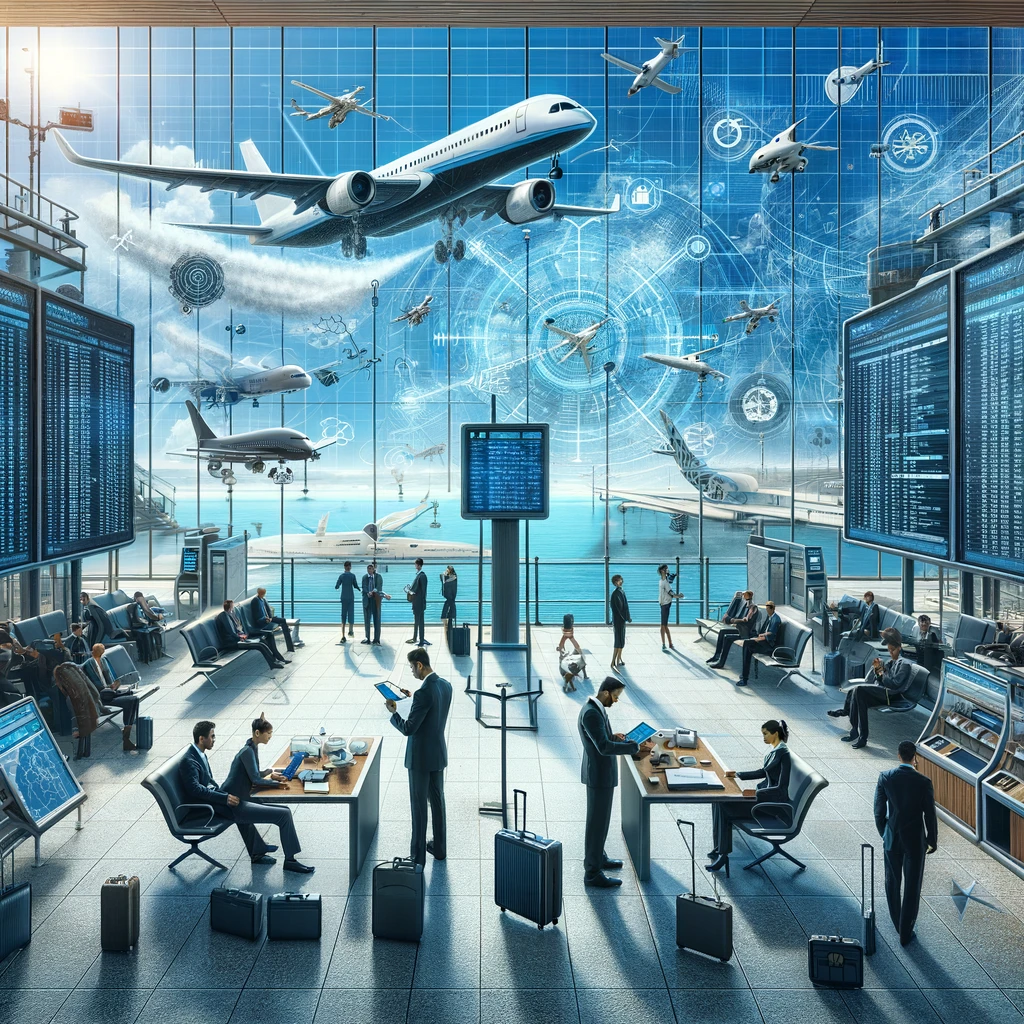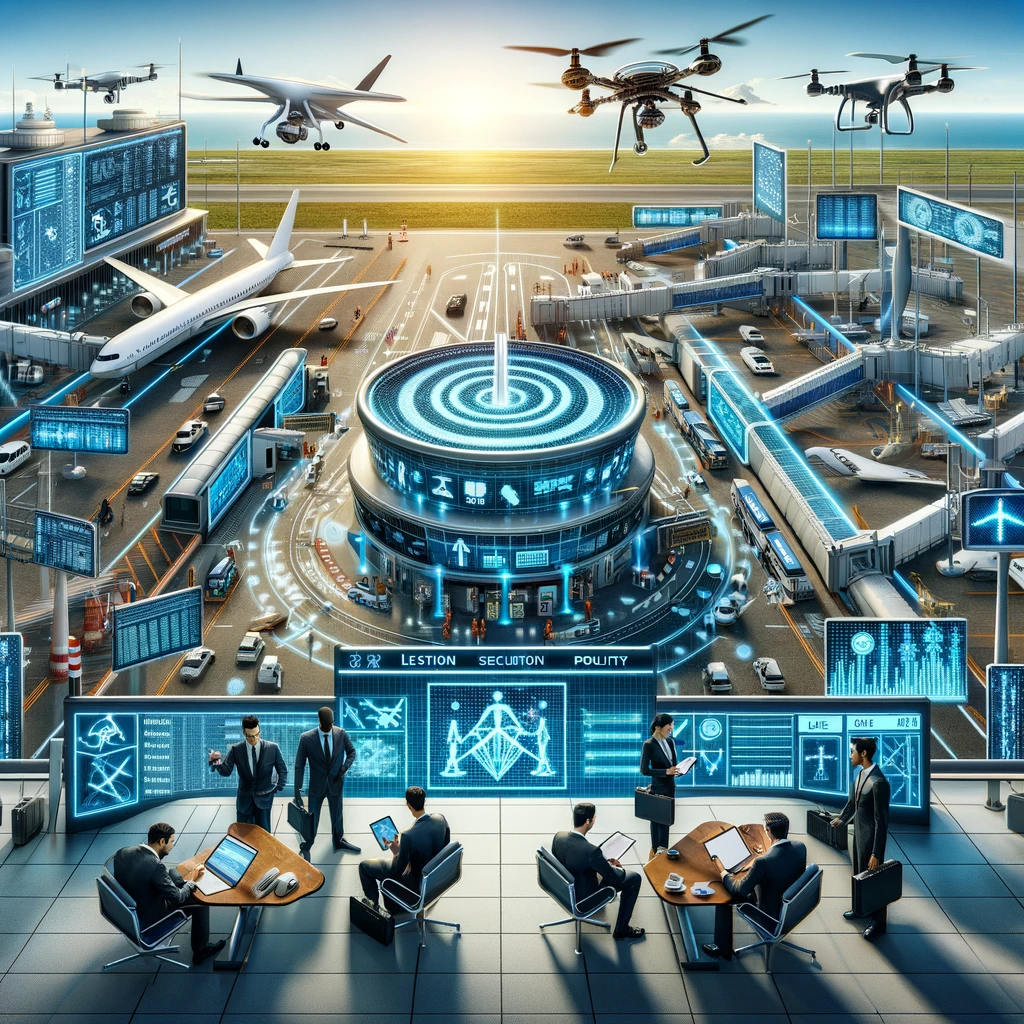The aviation industry, a marvel of human ingenuity, stands at the crossroads of rapid technological innovation and the evolving landscape of air law Air law and technology intersect. This intersection is critical for ensuring safety, efficiency, and sustainable development in the sector.

This text show the rich tapestry of air law, traces its historical roots, addresses current technological challenges, and explores future directions.
The Historical Evolution of Air Law
Air law’s origins coincide with the dawn of aviation. The 20th century’s early decades saw rapid advancements in aircraft technology, necessitating legal frameworks for the burgeoning field of air travel.
- The Paris Convention of 1919: This pivotal treaty, one of the first international agreements in air law, recognized the sovereignty of states over their airspace, laying the foundation for modern air law (“The Paris Convention of 1919”, IATA).
- The Chicago Convention of 1944: This convention established the International Civil Aviation Organization (ICAO) and set fundamental principles governing international air transport (“Chicago Convention”, IATA).
Technological Advancements and Regulatory Responses
Advancements in aviation technology have continually reshaped air law. The transition from propeller-driven aircraft to jet engines, the advent of radar technology, and the digital revolution in air traffic management systems are notable milestones.
- Jet Age: The introduction of jet aircraft in the 1950s revolutionized air travel, leading to new regulations on airspace management and aircraft operation standards.
- Digital Technology in Air Traffic Management: Technologies like GPS and Automatic Dependent Surveillance–Broadcast (ADS-B) enhanced air traffic control but raised issues of cybersecurity and data privacy (“ADS-B”, FAA).

The Rise of Drones and UAVs
Unmanned Aerial Vehicles (UAVs), commonly known as drones, have introduced unique regulatory challenges. Their applications range from recreational to commercial and military uses, each requiring distinct legal frameworks.
- Regulatory Frameworks: In the United States, the Federal Aviation Administration (FAA) has developed Part 107 regulations for small unmanned aircraft systems, addressing operational limits, remote pilot certification, and waiver provisions (“Part 107”, FAA).
- European Union Regulations: The EU has also implemented comprehensive rules for drone operations, balancing safety, privacy, and security concerns (“EU Drone Regulations”, European Union Aviation Safety Agency).
Sustainable Aviation Technologies
The aviation industry’s environmental impact has spurred the development of sustainable technologies, leading to new legal and regulatory challenges.
- Alternative Fuels and Electric Aircraft: Innovations in biofuels, hydrogen fuel cells, and electric propulsion systems are reshaping the industry. Regulatory bodies face the task of developing standards for certification, operation, and environmental impact assessment.
- International Environmental Agreements: Initiatives like the Carbon Offsetting and Reduction Scheme for International Aviation (CORSIA) by ICAO aim to mitigate aviation’s environmental footprint (“CORSIA”, ICAO).
The Role of International Organizations in Air Law
ICAO plays a pivotal role in harmonizing global aviation standards and practices.
- Standardization and Compliance: ICAO’s standards and recommended practices (SARPs) are instrumental in guiding national aviation regulations, ensuring a cohesive global aviation framework (“SARPs”, ICAO).
- Safety and Security: ICAO also addresses safety, security, and environmental protection, adapting its guidelines to technological advancements.

Emerging Technologies and Future Legal Implications
Emerging technologies like autonomous flight and supersonic travel are set to further transform aviation, presenting new legal challenges.
- Autonomous Aircraft: The prospect of pilotless commercial aircraft raises questions about liability, certification standards, and public acceptance.
- Supersonic Travel: The potential resurgence of supersonic travel brings into focus noise regulations, environmental impact, and airspace management.
Navigating the Future
The symbiotic relationship between air law and technology underlines the importance of proactive legal frameworks in aviation. As the industry continues to innovate, air law must evolve to address new challenges, balancing safety, efficiency, and sustainability. This ongoing interplay will be crucial in shaping the future of aviation, ensuring that it remains a safe, efficient, and environmentally responsible mode of transport.


